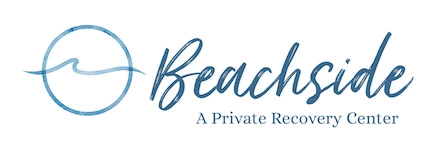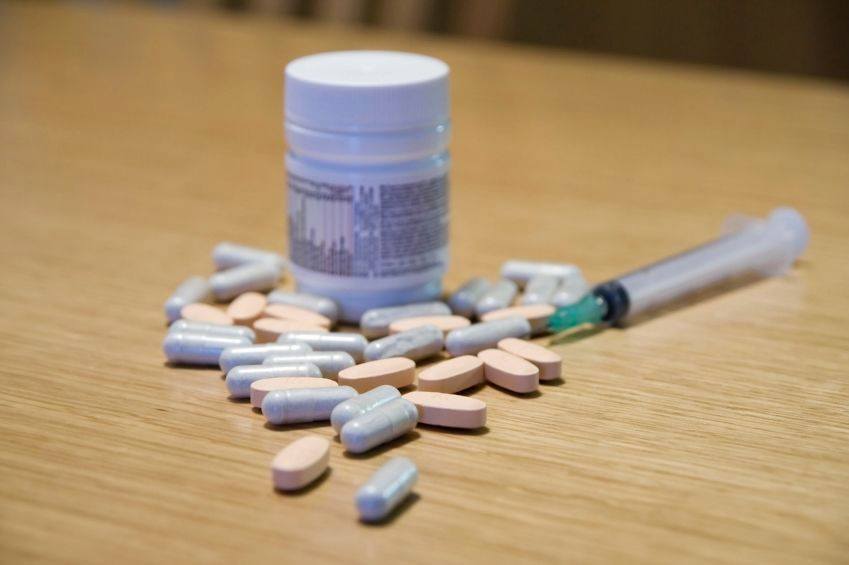As a drug rehab facility, we must stay up to date with current trends of addiction and abuse in the United States. Unfortunately, sometimes a drug that is meant to help people can also be incredibly dangerous – leading to another addiction that is as severe as the problem it was meant to treat. In this article, we’ll have an in-depth look at methadone.
What is Methadone?
Methadone is a synthetic opioid that was first created in 1939 in Germany, but only became known as methadone in 1947. It was also introduced to the US in 1947 under the brand name Dolophine. Initially, it was used as a pain treatment and substitute for morphine but is most widely used to treat opioid addiction, either as part of the detoxification process or as part of harm reduction treatment plans. This drug is commonly used in this way to treat heroin addiction, because it does not produce the same ‘high’ as heroin but satisfies cravings and alleviates heroin withdrawal symptoms.
Why is it Addictive?
Because methadone is similar to other opioids in its chemical structure, it acts on the brain and body as other ‘natural’ opioids would. Maintenance treatment requires the patient to take regular, controlled doses of the drug under the supervision of a medical or rehabilitation professional. However, because it is a synthetic opioid, it is also incredibly addictive and habit forming. Like heroin, opium, morphine, and other opioids, patients can develop tolerance to the effects of methadone over time, which is where the potential for abuse arises.
The Effects of Methadone Addiction
The side effects of methadone are, of course, very similar to those of other opioid drugs. If you are concerned that a loved one is addicted to methadone, look out for the following signs:
- Drowsiness and weakness
- Nausea and vomiting
- Constipation and difficulty urinating
- Slow or difficult breathing
- Dizziness and confusion
- Irregular heartbeat
- Skin rashes and itchiness
- Water retention, swelling, and weight gain
- Dry mouth
- Headaches
- Lack of appetite
Withdrawal Symptoms
Withdrawal typically begins within 30 hours of the patient’s last methadone dose. Many of the withdrawal symptoms are the same as the side effects when a person is using methadone – for example, nausea, constipation, and irregular breathing or heartbeat. However, some of the other pronounced withdrawal symptoms include:
- Runny nose and sneezing
- Chills and tremors
- Fever
- Aches and pains, particularly in the joints and legs
- Restlessness
- High blood pressure
- Hallucinations
- Depression and suicidal thoughts
- Anxiety and paranoia
Much like heroin, methadone withdrawal can be incredibly painful and dangerous. Always undergo drug detox under proper medical supervision.
High-Risk Groups
Intravenous drug users have the highest risk of developing a methadone addiction. Because these patients already have a history of opioid abuse, their legitimate methadone maintenance treatment can easily evolve into another addictive habit if not monitored properly.
Treatment Options
Methadone addiction is often treated, somewhat ironically, with another replacement and maintenance drug. The most popular substitute is Suboxone; while it is not as strong as methadone and other opioids, it is still potentially addictive.
For any drug treatment to be effective, the patient needs to find a holistic plan that addresses their addiction on multiple levels. This is why many rehab facilities – including Beachside Rehab – use a combination of individual therapies and group therapy, as well as proper exercise and diet, to help mitigate the effects of addiction.
For more information about addiction and how to treat it, contact Beachside Rehab today.

